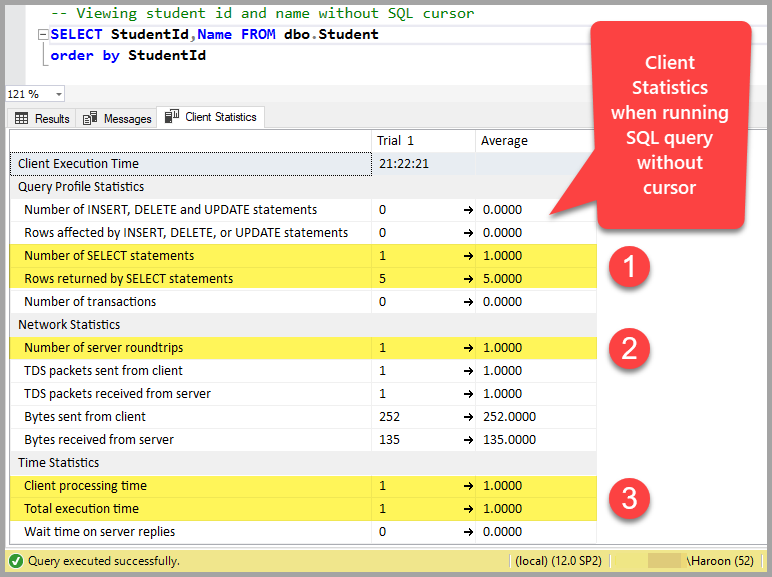

The resulting whole grows very differently based on the cellular makeup. Some grow quickly, some grow slowly, and some shrink over time. Please email us at: of every client as a “cell” that makes up the whole of an advisor’s practice. If you would like information about this content we will be happy to work with you. We strive to provide individuals with disabilities equal access to our website. All these factors add up and affect growth (Exhibit 3). Has shown is a key driver of growth), and they are more likely to be net drawers from their account rather than net contributors. PriceMetrix by McKinsey, Moneyball for advisors, PriceMetrix Insights, October 2012, Volume 7. Older clients are not only more conservatively invested but also less likely to adopt fee products (which previous PriceMetrix research 2 While inertia in adding new clients plays a role in this stagnant growth, so does the changing client demographics.Īn aging client base puts tremendous pressure on the growth rate of advisors themselves. Taking market performance out of the equation, the 7.9 percent annual growth that advisors have seen since 2015 looks more like 2.0 percent. Recent market performance explains 75 percent of asset growth for advisors. The fountain of growth: Next-generation wealth The role that an advisor plays in the financial lives of clients can help determine if they will be net winners or losers with more consolidation and more money in motion. Realistically though, clients haven’t had to endure any significant portfolio downturns-yet.Ī recent McKinsey publication on North American wealth management illustrates the importance of being the primary financial advisor to a household as more and more clients exhibit a preference for consolidating assets with fewer providers. An optimistic take would be that the depth of relationships, as well as the importance of human advice during the pandemic, led to higher levels of client retention. In fact, client retention achieved an all-time high in 2020, rising from 94.4 percent in 2019 to 94.6 percent in 2020.Īs stated in last year’s edition of the report, client relationships were healthier going into 2020 than they were in 2008, with fewer clients serviced per advisor (more service!) and deeper relationships than ever (as measured by accounts per household and households with retirement accounts). Please email us at: reason that advisors are struggling to find growth from new relationships is that clients are now less likely to leave their existing advisors. Median revenues per advisor now stand at $724,000, up from $718,000 in 2019 (Exhibit 1). Revenues per advisor also saw record levels but didn’t enjoy proportionate growth to assets, increasing only 1 percent year over year. Median assets per advisor grew to a record high of $130 million, up 9 percent over 2019, though three-quarters of this increase was driven by market performance. It’s been a year of remarkable resiliency for the markets and for advisors growing complexity in how clients pay-with increased use of multiple products within the same household relationship.a resurgence in trading activity putting pressure on per-transaction fees.continued growth in fee-based revenues, offset by continued decline in fee pricing.


continued asset and revenue growth per advisor, driven by market performance.Highlights for 2020 include the following: This offers an unmatched view not only into the behaviors and characteristics of wealth-management clients but also into how advisor decisions impact client outcomes as well as the economic performance of their institutions. Our data is refreshed continually and is built from detailed client-holdings and transaction information from roughly 70,000 financial advisors. Unless otherwise noted, all data are reported as of December 31, 2020.Ĭollected from more than 20 North American wealth-management firms. This report is based on our comprehensive and proprietary dataset 1 How resilient were business models in 2020? What was the impact of the pandemic on client relationships and pricing? How did trading patterns change? And how prepared are wealth managers for the next test, particularly given recent market performance? The answers to these questions have implications not just for individual advisors but also for the executive leaders of wealth-management firms who rely on advisor growth to help build shareholder value. In this edition of our annual report, The state of North American retail wealth management, we will unpack this unexpected year.


 0 kommentar(er)
0 kommentar(er)
